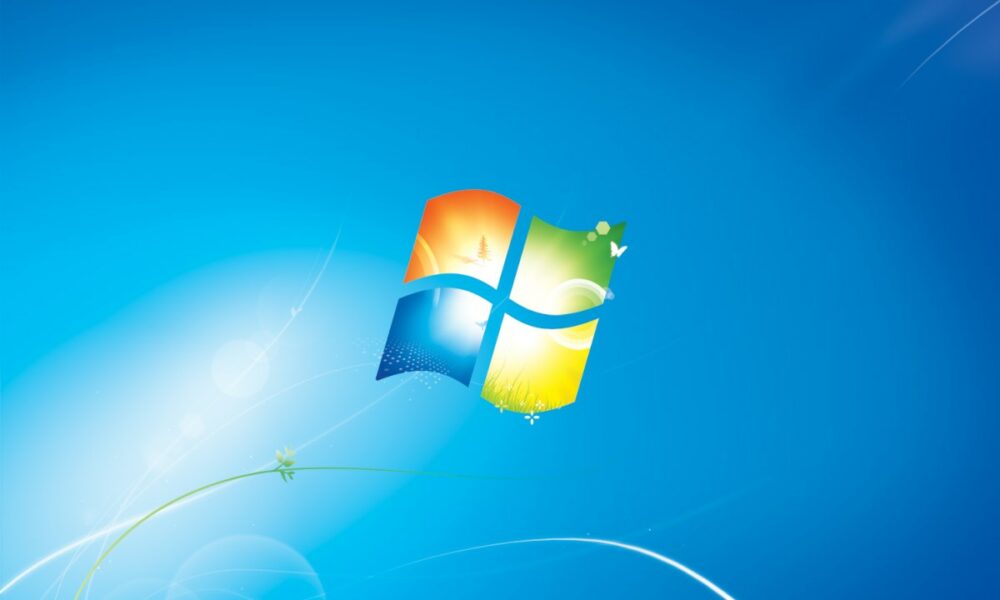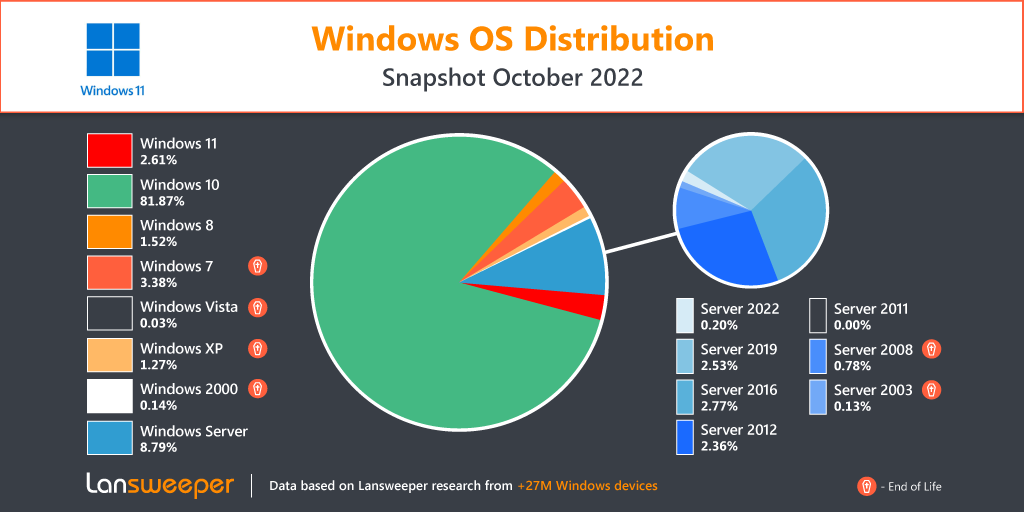
A Windows 11 it is having a hard time spreading among home users due to its high requirements, which have left many machines out of the game and forced to use Windows 10 or move to Linux. On the other hand, if common users are not very diligent on many occasions when it comes to updating the operating system, companies are even less so, to the extent that Windows 7 is still more used than Windows 11 in that segment.
It’s important to note that we’re comparing Windows 7 to Windows 11, as Windows 10 is by far the most widely used and is still supported by the standard route. However, that is not the case with Windows 7, which officially reached its end of life in early 2020 and whose support can be extended until at least 2023 (with the possibility of reaching 2026) for professional users.
Of course, the fact that companies continue to use Windows 7 more than 11 does not mean that all have enabled extended support aimed at them. However, the situation of Microsoft’s latest operating system has improved compared to six months ago, when its share in that segment was lower than that of Windows XP and 8.
According to Lansweeper, the company behind both this study and the one from six months ago, has explained that in companies “only 57.26% of the workstation CPUs tested met the system requirements for upgrading to Windows 11, while 42.74% did not. And while the majority passed the RAM test (92.85%), about 65% of the workstation TPMs tested met the requirements, while more than 15% failed and 20% had no TPM support or I didn’t have it enabled.”
“For virtual machine workstations, the forecast is less optimistic. CPU compatibility is slightly lower at 55.7%. Our research shows that only 67.1% have enough RAM. For TPM, the news is grim, only 1.33% of all virtual workstations have TPM 2.0 enabled. This is not entirely a surprise, TPM has never been required for Windows and although TPM passthrough (vTPM) exists to give virtual machines TPM support, it is rarely used. Which means that most workstations in virtual machines will need to be modified to get a vTPM before they can be upgraded to Windows 11.”
Lansweeper insists, as we have already said on several occasions, on the same obstacle that many have encountered. The high requirements of Windows 11, with special mention to the TPM, means that many companies have to invest in new hardware to be able to use it, something that does not happen with previous versions of the Microsoft operating system. This also affects virtualization solutions, which, depending on the case, until recently did not pay much attention to firmware support because the operating systems continued to work on BIOS or at most required a basic UEFI configuration.
Lansweeper has taken the data based on approximately 30 million Windows devices in approximately 60,000 organizationsso the sample is, at least initially and on paper, quite large.




